When you think of things you can bury in your garden to help improve the quality of your soil, fish heads may not be the first thing that comes to mind.
However, this is a practice that has been used for centuries in various parts of the world and can actually have some benefits for your plants.
Fish heads are an excellent source of nutrients for plants, and burying them under tomato plants can give the plants a much-needed boost.
Prevents Erosion And Improves Soil Quality
As any gardener knows, soil is essential for growing healthy plants. Not only does it provide nutrients and support for roots, but it also helps to regulate moisture levels and prevent weed growth.
Related: How to Adjust the pH in Soil and Water for Abundant Harvests
However, soil can also be quickly eroded by wind and water, damaging plant life and making it difficult for new seedlings to take root.
One way to help prevent soil erosion is to bury fish heads under tomato plants. The nutrients in them will help to nourish the plants, and the roots will help to hold the soil in place.
Fish Heads Decay Quickly
Fish heads might seem like an unlikely addition to a tomato garden, but in fact, they can be a valuable source of nutrients. They decay quickly, releasing nitrogen and other minerals into the soil.
⇒ What Happens When You Hammer Two Nails Right Next To Your Plants
In addition, they can help to improve the drainage of heavy soils and add organic matter to sandy soils.
Release Nitrogen, Phosphorous, Calcium
Fish are a rich source of nutrients, and their heads are no exception. Burying their heads under tomato plants can help to release nitrogen, phosphorus, calcium, and other trace minerals into the soil.
These nutrients are essential for healthy plant growth, and they can also help to improve yields. In addition, fish heads attract beneficial microbes that help to break down organic matter and release even more nutrients into the soil.
As a result, they can be an excellent way to fertilize your tomato plants and give them a boost of nutrition.
Adding Fish Heads To Tomato Crops: How To Do It
There are a few things to keep in mind when adding fish heads to tomato crops.
• What Kind Of Fish To Use
When choosing fish heads for your tomato plants, it is important to select a type of fish that is high in omega-3 fatty acids.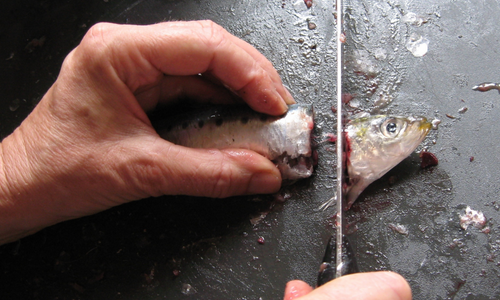
Salmon, trout, and sardines are the best choices but you can really use any kind you want.
Related: How To Catch Fish With A Bottle
You can also use fish heads that have been frozen or dried.
• Bury Deep, So Animals Don’t Dig Them Up
It is also important to bury the fish heads deep enough so that they are not exposed to the air. If they are left exposed, they will start to rot and release unpleasant odors.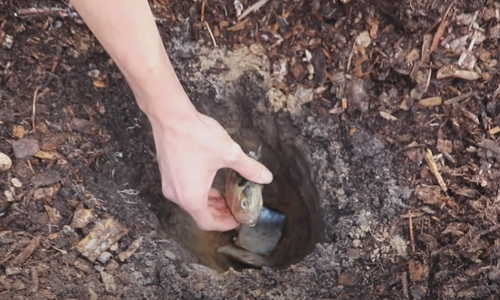
You should bury them deep enough so that animals don’t dig them up. If you bury the fish heads too close to the surface, animals like skunks and raccoons will be able to smell them and dig them up. Not only is this messy, but it can also attract flies and other pests.
Related: How To Protect Your Garden From Pests And Diseases
So when you’re burying fish heads under tomato plants, make sure to bury them at least a foot deep. This will help to keep animals from digging them up and will give the plants the nutrients they need to thrive.
• Know The Right Timing
The best time to add fish heads to tomato plants is in the spring, when the plants are just starting to grow. This will give them a boost of nutrients as they begin to produce new leaves and flowers.
They can also be added in the summer, but they should be fresh so that they don’t start to rot and release harmful toxins into the soil. And finally, fish heads can be added in the fall to help prepare the plants for winter.
⇒ Learn How To Make A Year-Round Self-Sustaining Garden
By adding fish heads at different times of year, you can ensure that your tomato plants always have access to the nutrients they need to thrive.
Can You Add Other Fish Parts To A Planting Hole?
Other parts that can be added include fins, tails, and bones. These parts also provide nutrients that can help plants to grow and thrive.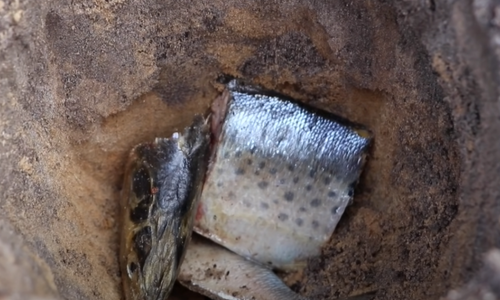
Fish emulsion is another popular choice, as it provides nutrients that can help plants to thrive. And if you have moles, adding fish parts to the planting hole may help to deter them.
Can You Use Fish After Planting As Fertilizer?
Fish heads release these nutrients slowly over time, which helps to reduce the chances of scorching or burning delicate roots. For these reasons, many gardeners believe that using them as fertilizer can give tomato plants a real boost later in the season.
Final Thoughts
If you are looking for a natural and organic way to improve your tomato production, bury fish heads under your plants.
They contain high levels of nitrogen and phosphorus, which help to fertilize the soil. Not only will this improve your tomato production, but it will also help keep the pests away.

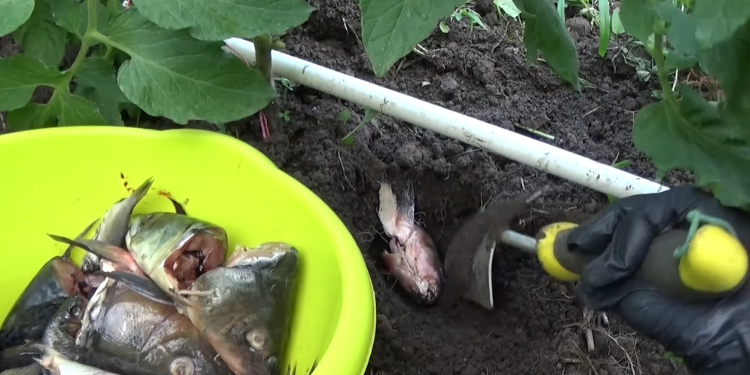

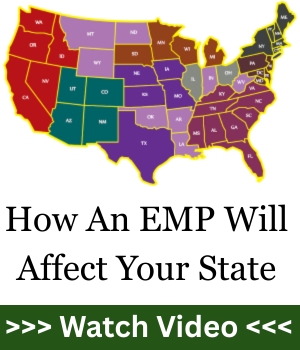
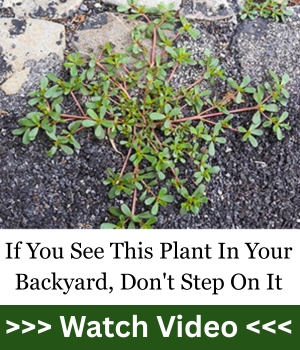



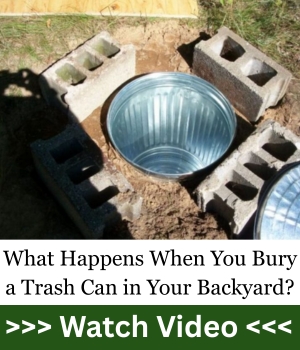






I myself have planted veggie plants this way. My granny showed me that little trick, when I was knee high to a grasshopper. She loved to go fishing. She also had a very big garden that I learned and played in, and it was full of everything. She caught a goffer one time, she had it in a small cage and I came over and was looking at it and it was pissed off and wanted to BITE you if you got close to it, I think I was five at the time, but her little dog got to close, with it’s nose trying to smell it and that goffer got holt of that dog and went off on it nose and man that dog was in some pain after that. I know my granny healed that dog up with some kind of salve or mixture of some kind. That’s the way she groud up, back in the days. Miss her so much, we will meet again. Thank you, granny.
Man, Good to see that it has come up on here.
The native people to this land used fish to plant their corn with and I’m sure most every other plant the planted.
It does work very well when you put it deep enough under the plant. Not to deep…
It seems that this technique has been around for a very long time. like everywhere on the earth.
Very good info, if you have to live off of your garden.
Find a local bait store or catch some minnows one per seed. Your plants will love the treat.
Potted plants as well.
stay sharp
Say, Christ is ready; are you…
he’s coming soon.
no date or time, just saying soon…
are you.
My grandfather was a terrible traditional Chewbacca tribe. He taught this as well. Plenty of is use the fish for eatting as well.
Surprisingly, this is nothing new for me. We would always dig a few holes in the yard in preparation for cleaning up a good catch before we went out fishing. I would add, it’s not just good for tomatoes and it also works very well for evergreens.
but what about ants.
They will only take what they need, and they are very good pollinators. If they are “fire ants”, then pee on them and they will move away for the area. Don’t kill ant unless they are “fire ants”, most all ants are good to have around your property.
If they are Harvester Ants, leave them to their self and they will keep your place clean for everything that they will need to survive. I take very good care of my Harvester Ant bead.
After cleaning, we would use smelt innards and heads in the garden when growing up. I don’t fish much anymore so I use ‘Alaska Fish Fertilizer’. It comes in 1 gallon jugs and is a ground up, liquid byproduct from the canning facilities. It is concentrated so diluting is needed. A bit in the water can with a handful of Epsom’s salts and filled with water. I water/fertilize between the rows, and around hills of all veggies. It doesn’t burn plants and it really gives them a boost.
Cleaned out the corn stalks yesterday. The goats are really enjoying the treat. I plant Painted Mountain Flint corn (90 days). After saving the best ears for seed, we keep enough for corn meal/flour for the year and the rest gets a very coarse grind for the chickens.
Still waiting for the squash and pumpkins to finish off. Still picking tomatoes and drying them along with pears and apples. Bean and pea seed has been threshed for next year as well. Still need to dig potatoes this week. Warm regards.
When my tomatoes were planted with fish I had the best tomatoes. So super sweet. My mom and dad would supply them because they loved to fish. Sadly they no longer are here in their earthly bodies.
I do use Fertrell fish emulsion both as a soil drench and foliar spray they both work well.
Better get those fish heads buried deep! We tried cracking eggs, crumbling the shells and putting both egg and shells beneath some of our plants in our garden this year. The dogs dug them all up to get to the eggs.
never buried fish heads with tomatoes – but used small blue gills planting corn when I was a kid – Indian fashion >>> had a good crop of sweetcorn …..
Another bonus I discovered is after about a week your dogs will detect the aroma, dig the heads up and roll in them. Very pleasant.
My fishing pastime here in SW Western Australia is fishing for feral goldfish in our local ponds. I keep good, brightly coloured ones for my own ponds but have killed and buried the other ones in various parts of our vegetable and fruit gardens for many years. An excellent system which really benefits the plants…especially a large passion vine this last year, producing lots of fruit.
Incidentally I’ve also tried smoking cured goldfish fillets over pear wood and the product was excellent in taste, just like a more bony kipper! I see goldfish as potentially a hardy survival food source.